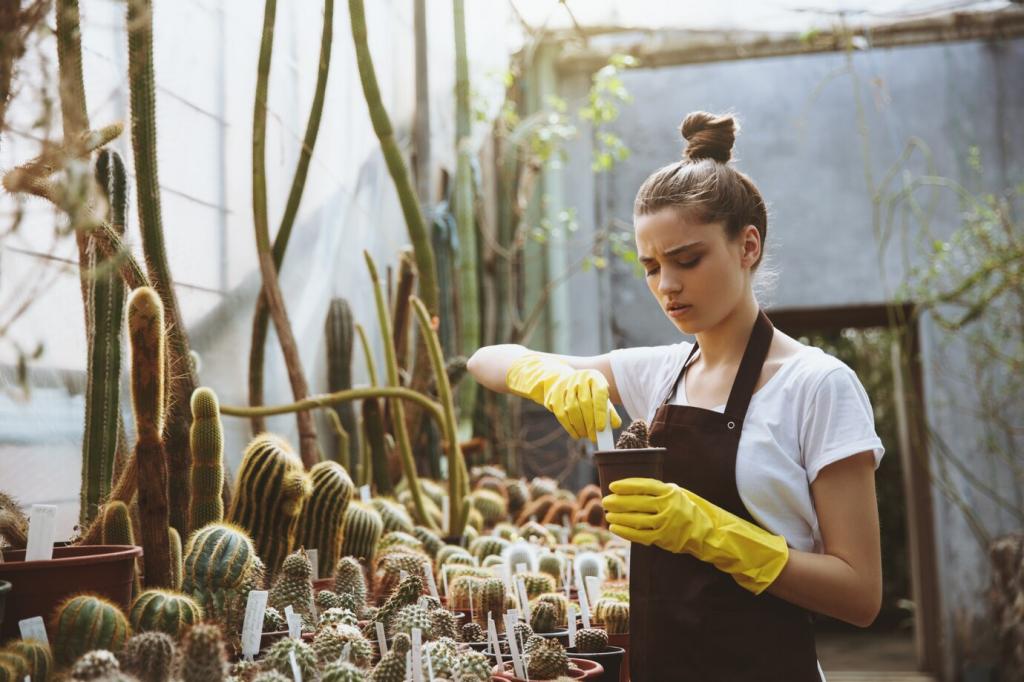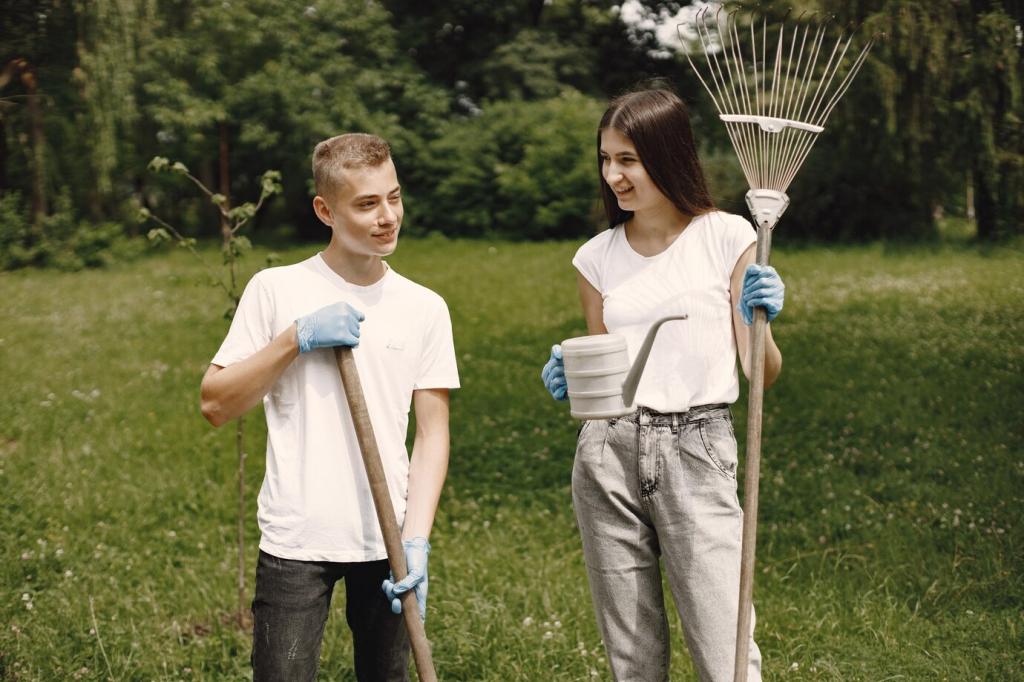Repair and Renew: The Sustainable First Response
A ladder stitch in matching thread can close seam gaps with minimal visibility. Work slowly, knot securely, and reinforce from the inside. Ask for our free stitch guide by subscribing; we include fabric-specific tips and thread recommendations.
Repair and Renew: The Sustainable First Response
Use a fabric scrap from hidden upholstery or reclaimed textiles to create a meaningful patch. Rounded corners reduce peeling. Share patch photos—we’ll highlight creative solutions that transform repairs into conversation-starting, sustainably stylish details.




